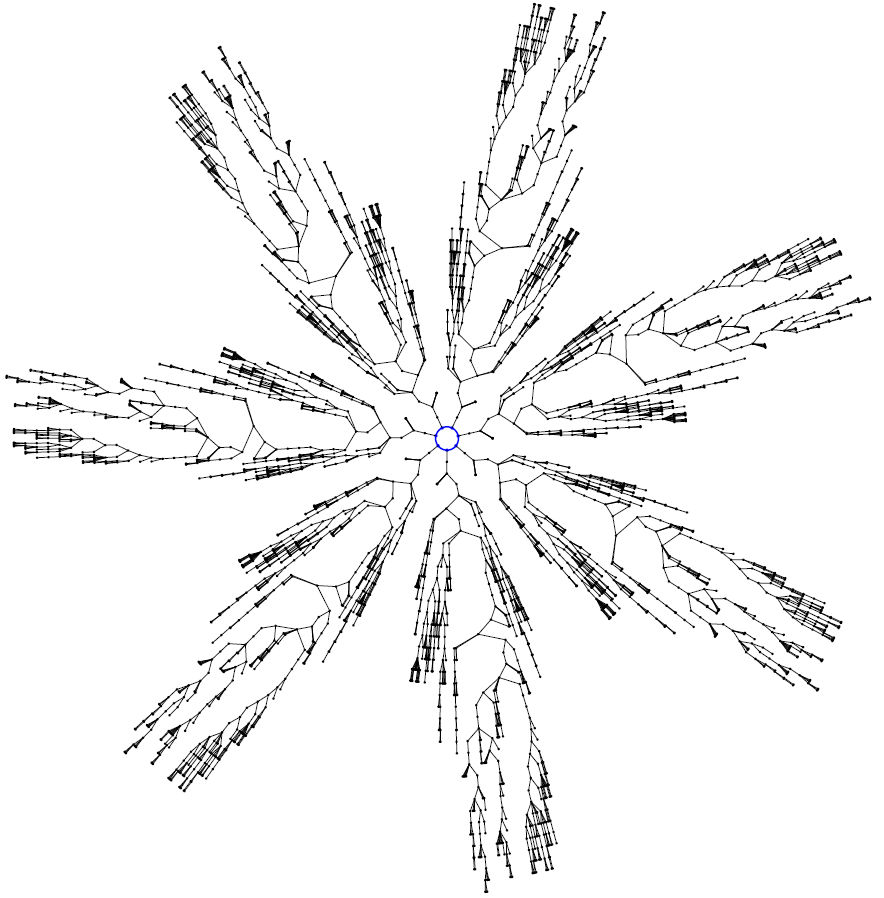Generative Design opens with a gallery of thirty-five illustrated case studies, drawn from the work of graphic designers, sculptors, architects, and other visual artists, including Stefan Sagmeister, THEVERYMANY, Janne Kyttänen, Casey Reas, Karsten Schmidt, and Marian Bantjes.
A step-by-step how-to manual follows, guiding users through specific, practical instructions for creating their own visual experiments by combining simple-to-use programming codes with basic design principles. A further handbook of advanced strategies provides visual artists with all the tools to achieve proficiency. The entire volume is cross-referenced to a companion website where source code for examples can be downloaded and users can share their own artwork, code, and techniques. Generative Design is the definitive showcase, study, and reference for this exciting emerging field.
Having read Pearson’s introduction to Generative Art with Processing, I was in the mood to move on to the next level. Hence this book, also based on the interactive Processing language, but with many more, and more sophisticated, projects. These cover bothart and design.
The book is in three main parts. First, Project Selection, is over 100 pages of glossy pictures, whetting the appetite for what is to come. Second, we get Basic Principles, starting with an introduction to Processing, and chapters on working with colour, shape, text and images; these projects are quite sophisticated in their own right, but each focusses on a single aspect. Finally, we get Complex Methods: more ambitious projects combining the concepts introduced earlier.
All the code is available online (in Java mode), which provides an incredibly rich resource to start working from. I didn’t directly use any of this code; I did, however, get inspiration from the Sunburst Trees project to write some of my own (Python) code to draw basins of attraction of elementary cellular automata:

A lovely book all round: great content, and beautifully typeset.
